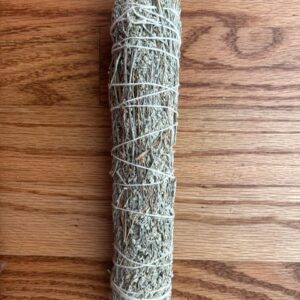Amazon Forest Plants, Healing Plants
Why is Palo Santo Used in Ceremonies?
Pau Santo means “sacred wood”.
The beginning of the use of this wonderful wood is lost in time, being used in indigenous rituals of the Pachamama (Mother Earth), to clean the house and the body of the patients, in the Catholic churches, in the processions of Cristo Morado, in the works with plants of power, such as Wachuma, and in the spiritual manifestations of the inhabitants of the region, both the descendants of Tawantinsuyo (Inca Empire) and the descendants of the Spaniards, who respect and religiously use the Holy Pau.
This tree is also present in the ritual of Indian marriages. The couple must plant a seedling of this tree in the absence of witnesses to connect their destinies and that the union be for eternity.
Since ancient times, healing and medicinal properties have been attributed to Pau Santo, its essence was used to heal skin and muscle problems, the ash of its wood was used to treat external wounds and the water of the bark was used to treat stomach problems.
Its use has lasted to this day and is still used today to cleanse the aura, to remove negative energies from home and work environment, such as insect repellent, for meditation, relaxation, harmony in intimate couple meetings, relax situations of familiar tension, accelerate stagnant energies, attract good luck and ward off negativity, among others.
It has a surprisingly strong and sweet aroma when it is burned, so the Holy Wood is used as incense. It is considered a tree with medicinal qualities. Its numerous benefits make the holy stick an excellent energetic remover due to substances like LIMONENE, active ingredient present in a high percentage in its trunk; the LIMONENE belongs to the family of solvents or turpentines, which are responsible for cleanliness, both physical and spiritual.



